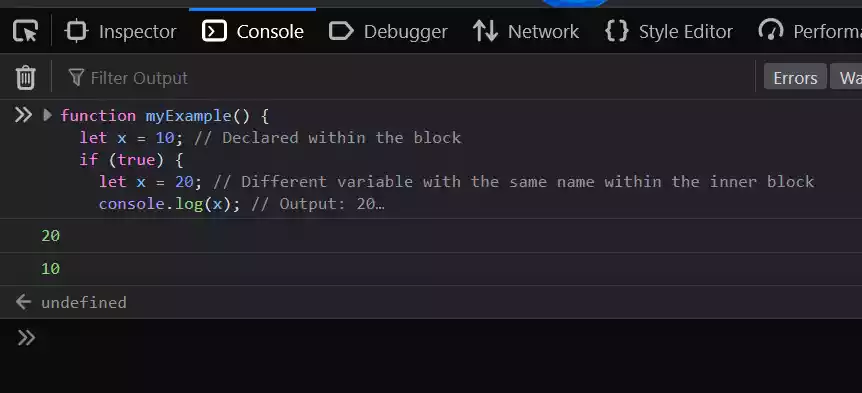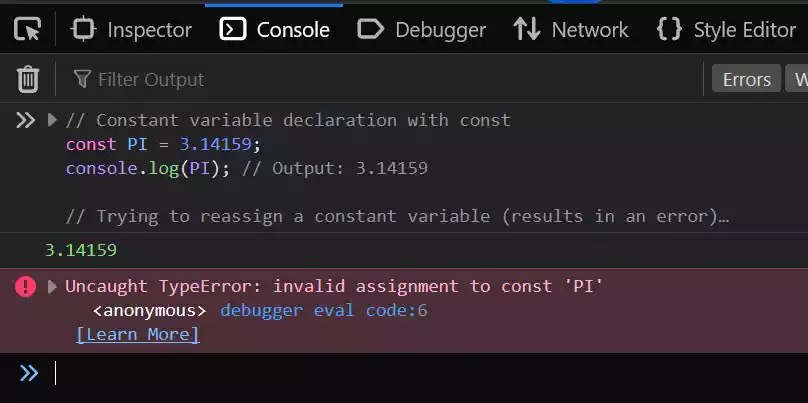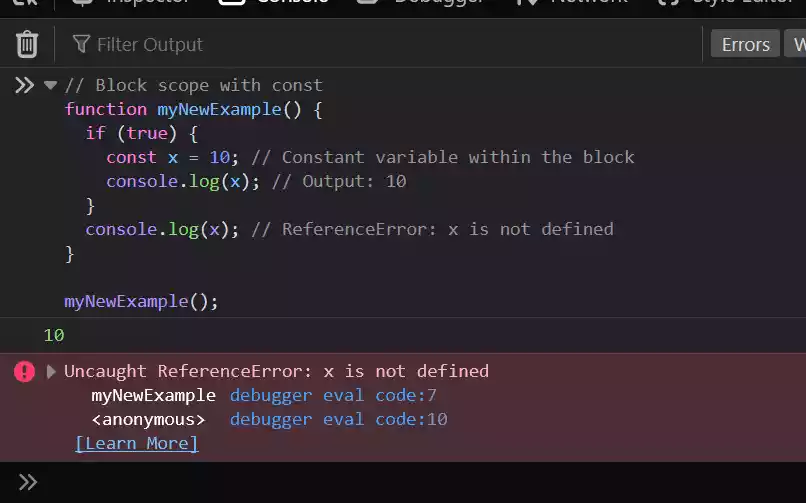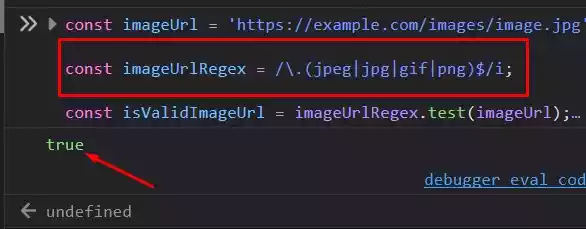When To Use Var, Let, and Const in JavaScript?
var, let, and const are all used for declaring variables in JavaScript, but they have some differences in terms of scoping and mutability (i.e., the tendency to change).
Variable:
Think of a variable as a labeled storage box where you can put different things, like numbers, words, or even more complex information. You can name the box, store values in it, and later access or modify those values as needed in your code.
In this article, we will delve into the intricacies of var, let, and const, explaining their characteristics and when to use each one.
The var Keyword
The var keyword is the oldest and most basic way to declare variables in JavaScript. It provides function-level scoping, meaning that a variable declared with var is accessible throughout the entire function in which it is defined.
Variables declared with var can be reassigned, meaning you can assign a new value to the variable at any point in the code. Another characteristic of var variables is hoisting, where the variable declaration is moved to the top of its scope during the code execution phase.
This allows you to use the variable before it is actually declared, which can sometimes lead to unexpected behavior and bugs.
Let’s look at a code example and analyze how variables declared with the var keyword works.
function myExample() {
console.log(age); // Output: undefined
var age = 25;
console.log(age); // Output: 25
}
myExample();
In this code example, the variable age is declared withvar inside the myExample() function, and it comes after logging it to the console.
The normal way code should be written is the declaration coming first before logging it value to the console. But as you can see, when we try to log the value of age, it outputs undefined instead of throwing an error.
This is because the var declaration is hoisted to the top, and it is considered as if the variable was defined but not assigned a value yet.
To avoid the potential issues caused by hoisting and unexpected behavior, it is recommended to use let or const instead of var in modern JavaScript development.
Next, let’s explore the let and const keywords in more detail.
The let keyword
The let keyword is a newer addition to JavaScript and is widely recommended for declaring variables.
It provides block scoping, meaning that the variable is only accessible within the block (typically enclosed in curly braces) where it is declared. Let’s explore its key features:
Here is a code snippet that we can use to analyze how the let keyword works and how it is used:
Declaration -
// Block scope with let
function myExample() {
let x = 10; // Declared within the block
if (true) {
let x = 20; // Different variable with the same name within the inner block
console.log(x); // Output: 20
}
console.log(x); // Output: 10 (outer block variable remains unchanged)
}
myExample();
In this code example, we declare a variable x using let within the outer block of the myExample() function.
Inside the inner block (i.e., the if statement), we declare another variable x with the same variable name.
The let keyword ensures that these variables are distinct and separate within their respective blocks.
As a result, we can have different values assigned to x within each block, and the variable remains confined to its specific block.

Reassignment -
// Variable reassignment with let
let score = 100;
console.log(score); // Output: 100
score = 200; // Reassigning the let variable
console.log(score); // Output: 200
As you can see in this code example, we declare a variable score using let and assign it an initial value of 100.
Later in the code, we can reassign a new value (200) to the score variable. The let keyword allows for variable reassignment within its scope, making it flexible for scenarios where the value needs to change.

By using the let keyword, you can create variables that are block-scoped, cannot be hoisted, and can be reassigned within their respective scope.
This provides certainty and avoids potential issues caused by variable hoisting.
Theconst Keyword
The const keyword is the newest addition among the three keywords (var, let, and const), and it is used to declare constant variables. Here’s a detailed explanation of its features:
Declaration and Reassignment -
// Constant variable declaration with const
const PI = 3.14159;
console.log(PI); // Output: 3.14159
// Trying to reassign a constant variable (results in an error)
PI = 3.14; // Error: TypeError: Assignment to constant variable.
In this code example, we declare a constant variable PI using the const keyword and assign it the value 3.14159.
The constkeyword ensures that the variable cannot be reassigned a new value. If we attempt to reassign a new value to PI, it will result in a TypeError indicating that we cannot assign a new value to a constant variable.

Constants are useful for values that should remain constant throughout the execution of the program, such as mathematical constants or configuration values.
Scoping -
// Block scope with const
function myNewExample() {
if (true) {
const x = 10; // Constant variable within the block
console.log(x); // Output: 10
}
console.log(x); // ReferenceError: x is not defined
}
myNewExample();
In this code example, we declare a constant variable x using const within the inner block (i.e., if statement).
Theconst keyword ensures that x is block-scoped, meaning it is only accessible within the block in which it is declared.
If we try to access x outside the block, it will result in a ReferenceError since x is not defined in that scope.

By using the const keyword, you can declare variables that are constant, meaning they cannot be reassigned after their initial assignment.
In addition to that, const variables are block-scoped, making them useful for values that should not be changed, such as the names of objects, configuration values, or mathematical constants just as it was mentioned earlier.
Summary
In just few points, you use let to declare variables that may change, and you should use const to declare variables that should not change.
You should only use var if you need to support older browsers that do not support let orconst.





